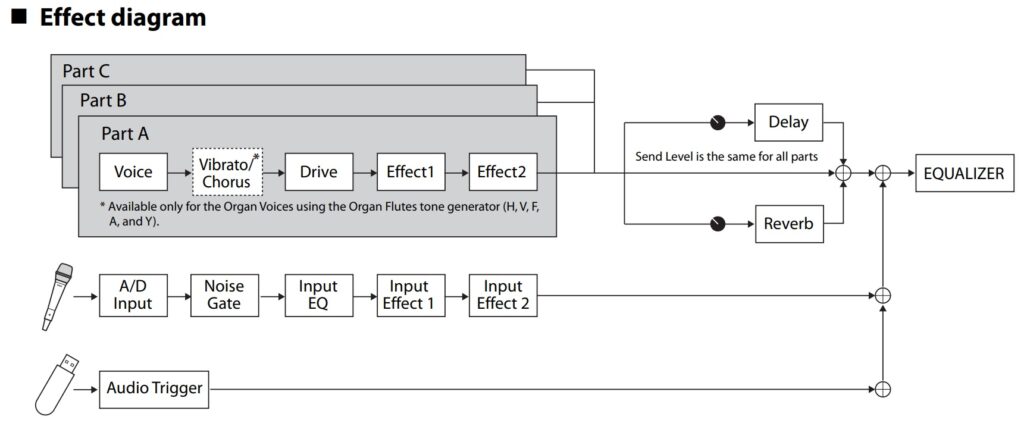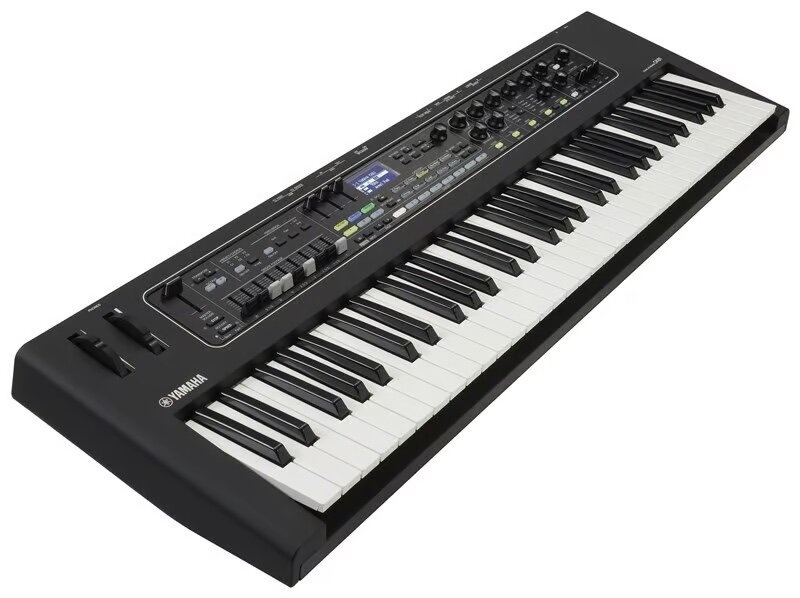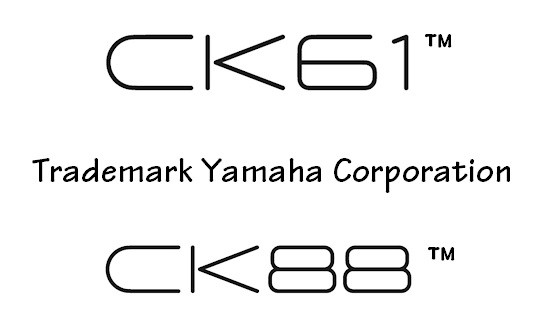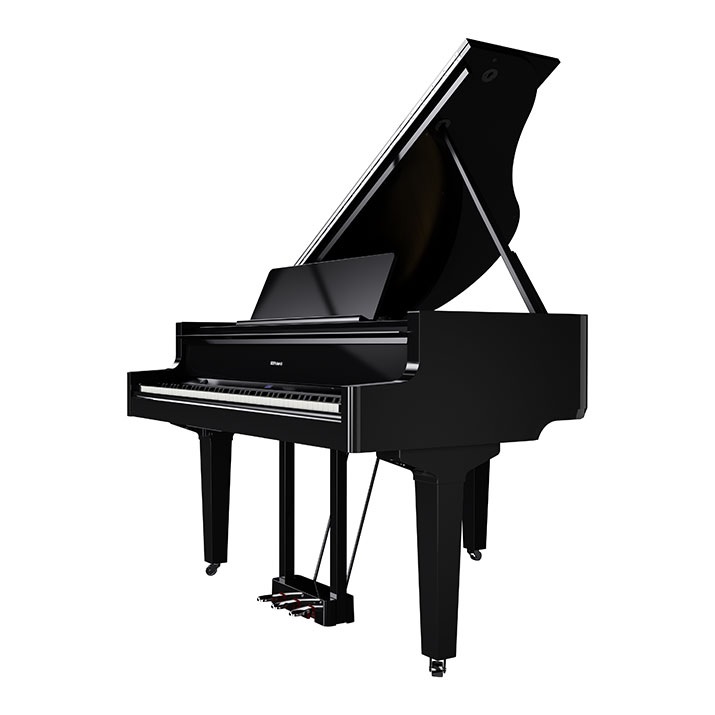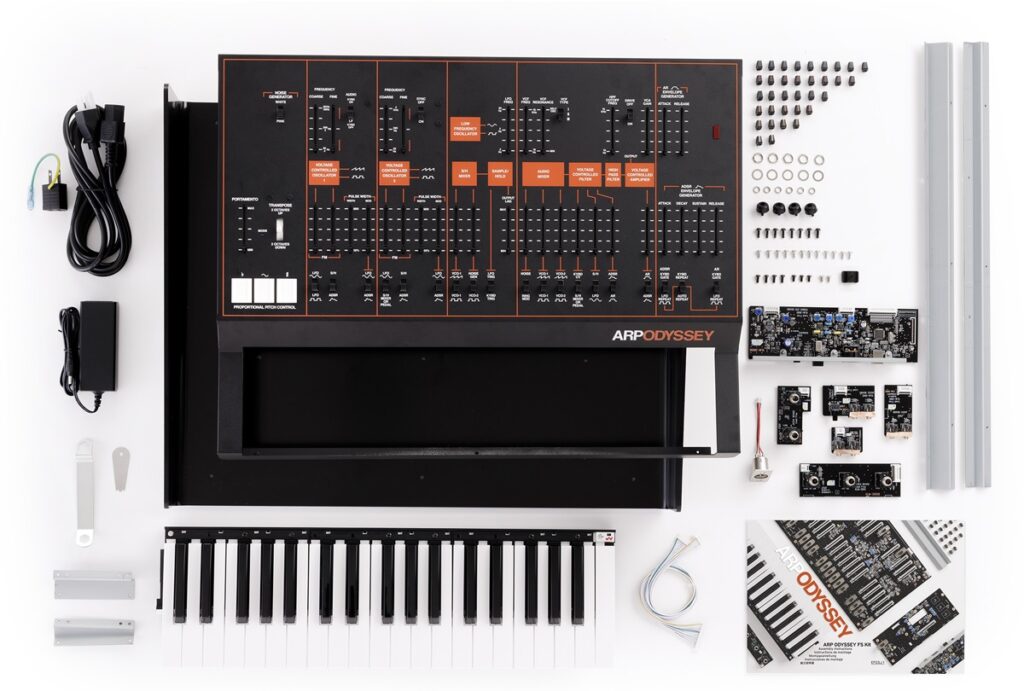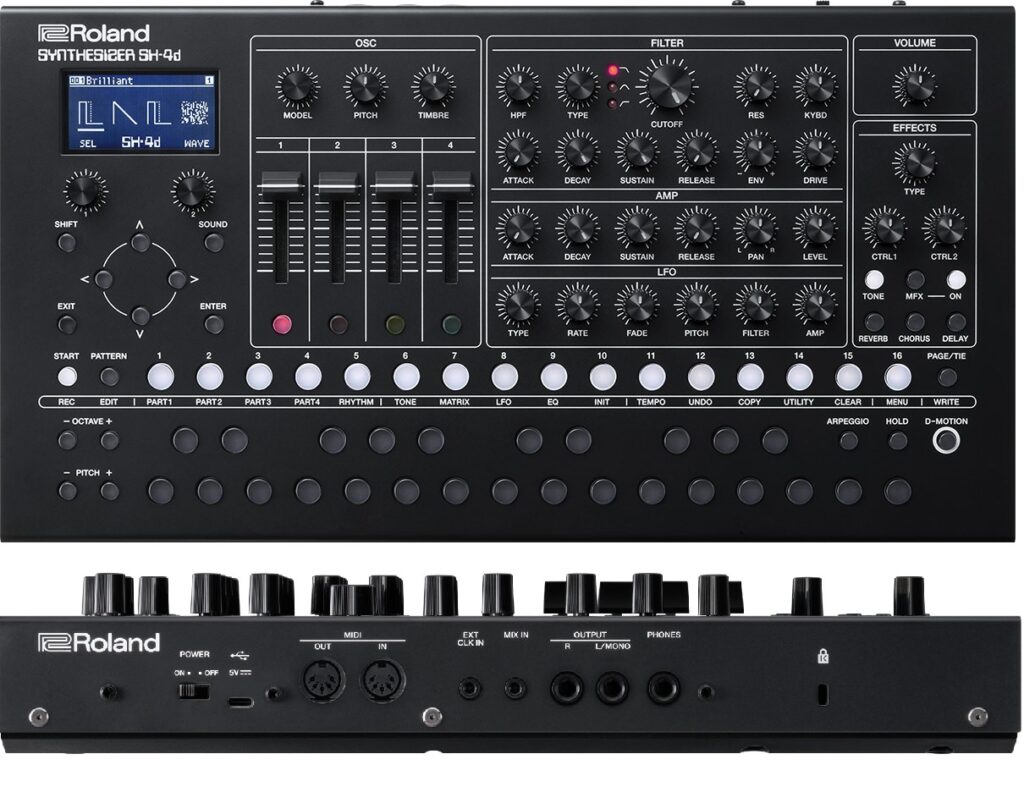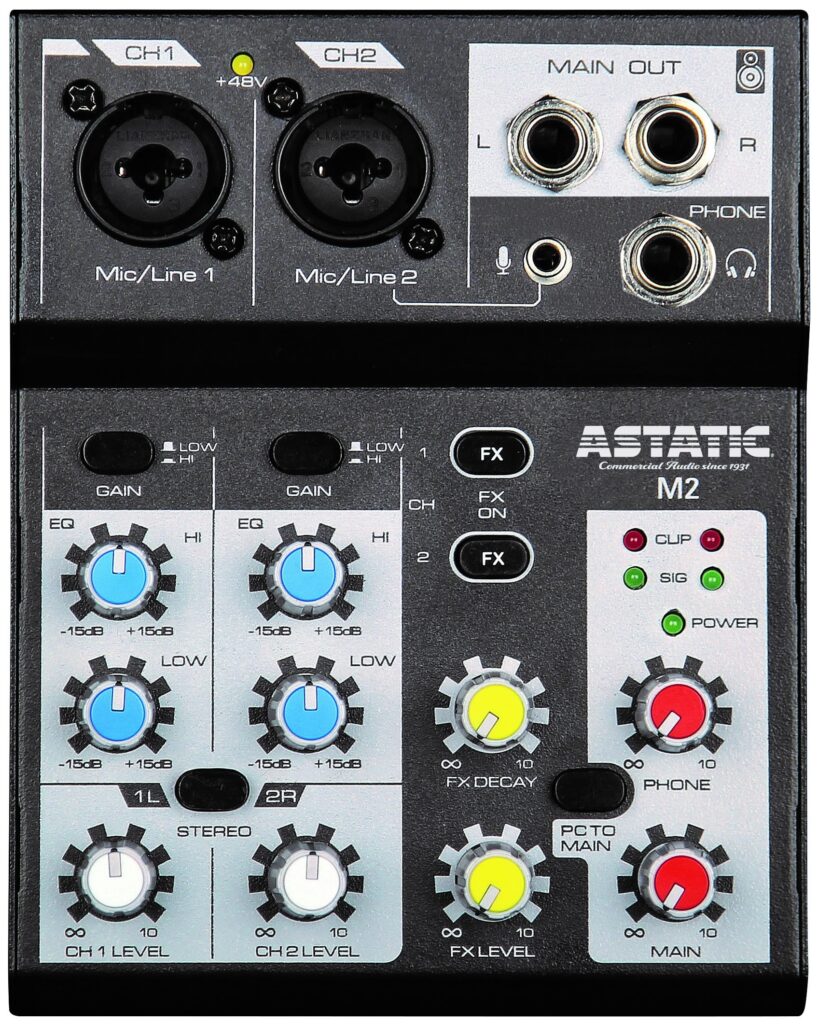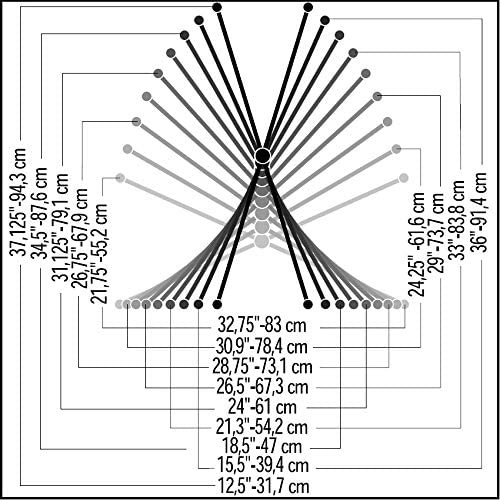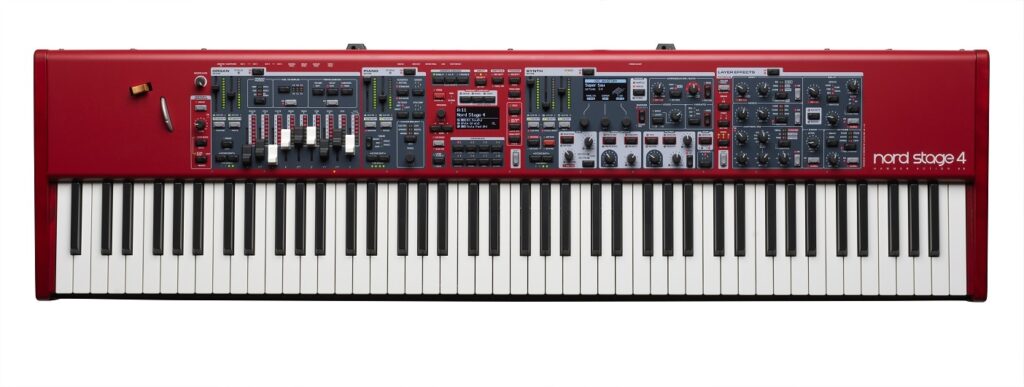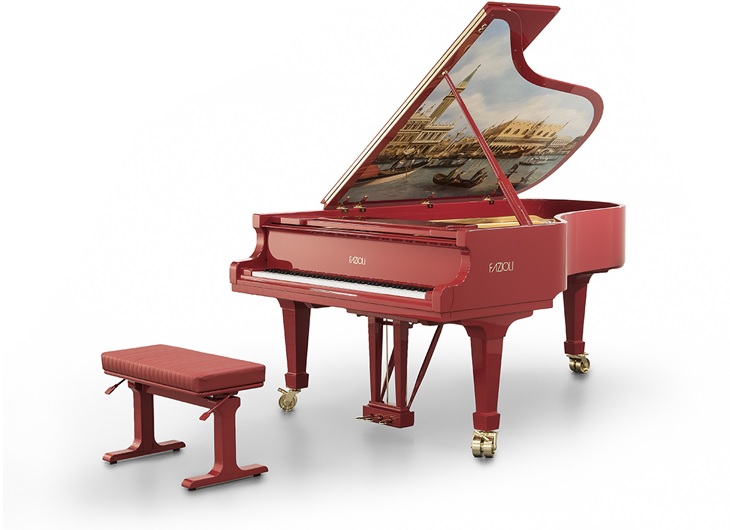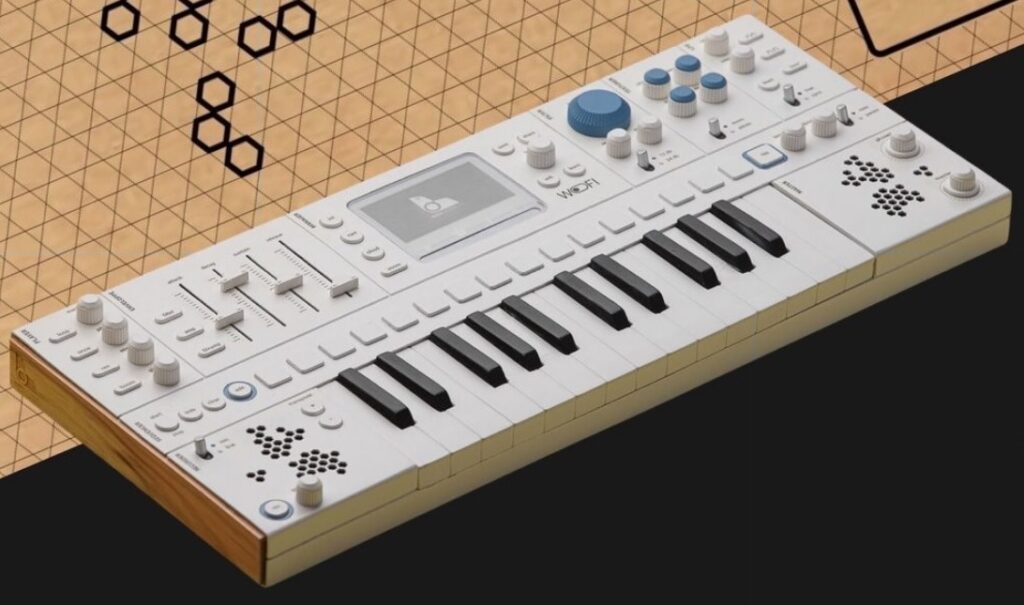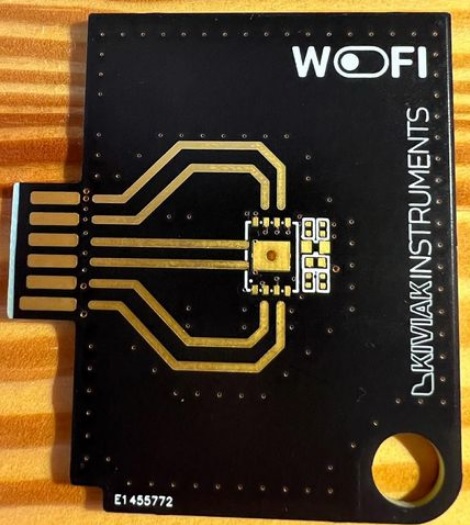I’m reading through the CK documentation and posting random observations here.
The Yamaha CK series are a response for a full-sized keyboard melding the Reface YC and Reface CP with a little bit of additional ROMpler thrown in. The Reface series shine with immediacy of control coupled with decent PRO-quality sounds. No sign of Spectral Component Modeling, so the electric pianos (EP) are sampled. Bummer, since SCM has a smoother velocity response. The EP presets are Montage/MODX greatest hits.
Organ preset voices include H, V, F, A, and Y — clearly lifted from Reface YC. The pipe organ presets (!) have a few surprises: Grand Leu, FondsEtArches, Organo Pleno, Diapason, Claribel&Flute, and SoftReeds. These presets are straight out of Genos™ and Yamaha should be commended for their inclusion. These voices are excellent. [Yeah, I know. Rockers are not looking for pipe organ… 🙂 ]
The drawbar sliders are short-throw like Reface YC. I like the buttons for percussion and vibrato/chorus control. Front panel placement is good, too, as most people change settings on-the-fly with the left hand.
I don’t see a way to adjust rotary speaker acceleration (ramp up) and deacceleration (ramp down). These leaves me very concerned because the Reface YC fast speed and ramps are waaaaay too fast and there isn’t any way to change them. Yamaha consistently makes preset rotary speaker speeds too bloody fast.
Yamaha did not hold back on orchestral voices and deserve further credit for that decision. I didn’t bite on YC61 because it is weirdly short on orchestral voices. Where’s the oboe, for example? Add more orchestra voices to YC61 and I will pull out my credit card. Really, I can only take one keyboard to my church gig given set-up time constraints, space and my 7-decade old body.
Gut-level, the preset synth voices feel like greatest hits from arranger Legacy synths and pads. No new ground, here. I use a few of these bread and butter voices — VP Soft and Soft RnB, for example. Synth enthusiasts have already swiped left on the CK series anyway.
Like their CP/YC brethren, the CKs expose a fixed voice-effects signal flow. There are five choices of Drive, nine+ choices for insert effects, and global delay, reverb and EQ. Effect tweaking is limited — just one or two parameters per effect type.
The CKs do have potential for external control via Master Keyboard Mode (four zones). All the basic zone parameters are there including Bank Select MSB and Bank Select LSB and Program Change. Yamaha got this right. It’s 2023 and I can’t believe how many MIDI controllers commit the cardinal sin of leaving off Bank Select!
Assessing the assignment of MIDI continuous control (CC) numbers to physical sliders and knobs is going to take time and effort. Some CCs are assigned based on voice part (A, B, C). Yikes! We’re going to need to forge a secret decoder ring! 🙁
The date on the MIDI implementation chart is 16 July 2021. Yes, “2021.” Yamaha have had these designs in the can for a while. The pandemic and supply chain problems interfered with the CK’s release.
Copyright © 2023 Paul J. Drongowski


